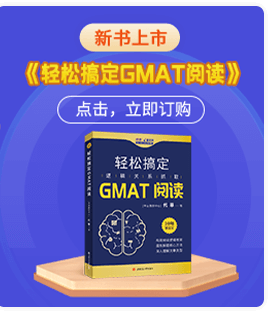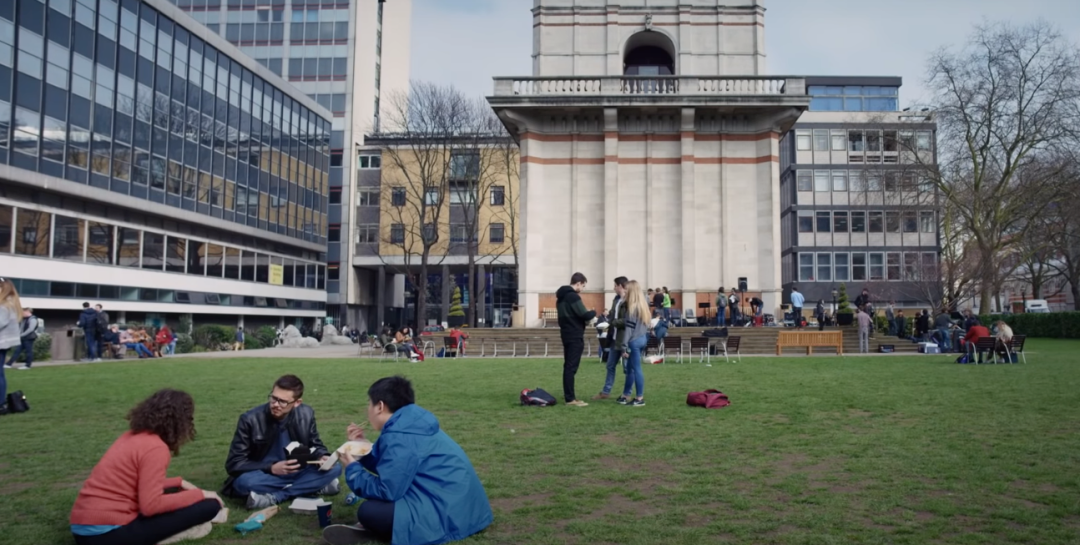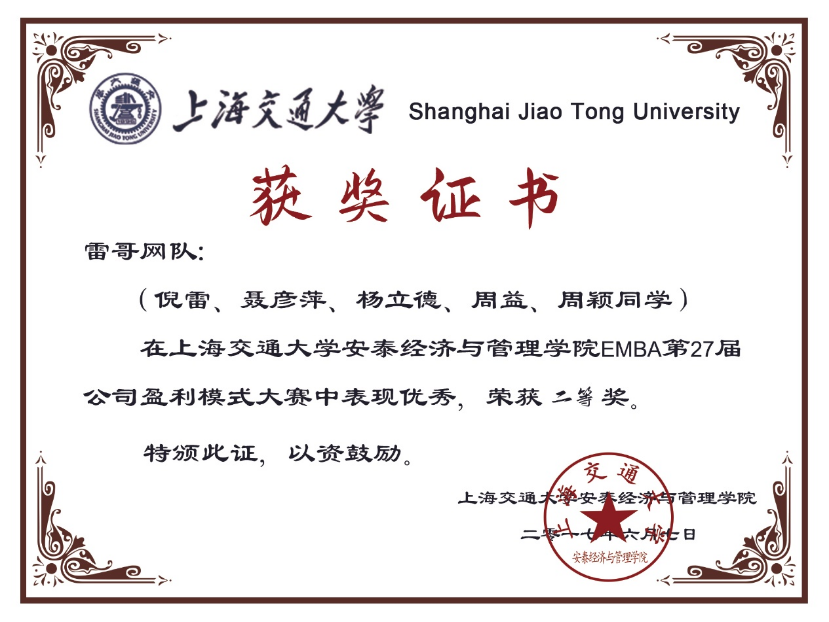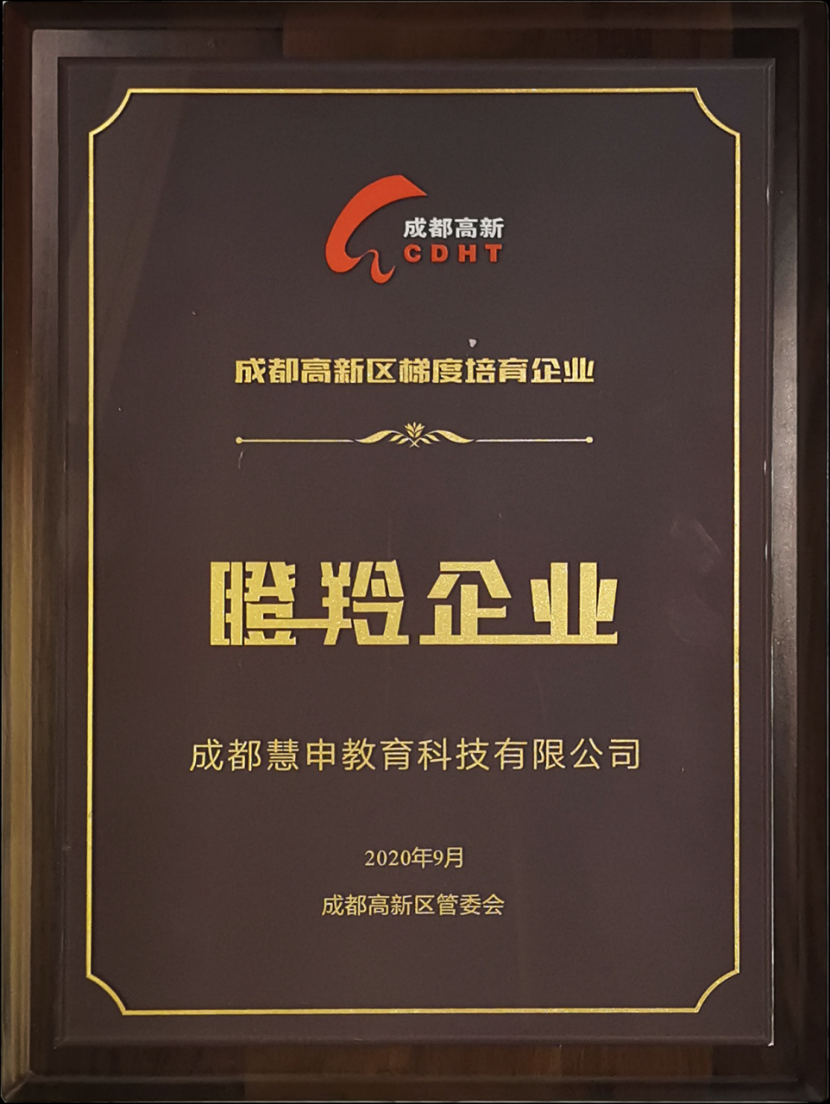视频解析
文字解析
Inference
>The question asks which statement can be reasonably inferred, from information provided in the passage, to be a reason for the increase in proportion of verdicts favoring patentees, starting in the 1830s. The second paragraph argues that what changed in that decade was not judges’ attitudes toward patent law, but the types of patent cases that were litigated. It explains that a law passed in 1836 required that, for the first time in U.S. history, applications for patents had to be examined for their adherence to patent law before a patent would be issued. This information implies that patents granted after 1836 were more likely to adhere to patent law and were thus more likely to be upheld in court.
A.Correct. The passage implies that patents granted after the 1836 law went into effect were more likely to adhere to patent law.
B.The passage does not indicate that any law mentioned made changes to the definition of patent rights; rather, the passage indicates that the patent system was revised to require that patent applications be reviewed for adherence to existing law.
C.The passage rejects the explanation that judges’ attitudes toward patent rights became more favorable.
D.The passage indicates that the population of disputes that were litigated changed after 1836, but it does not suggest that the population of litigated disputes differed from that of patent disputes as a whole.
E.The passage does not indicate any change in the proportion of patent disputes brought to trial.
The correct answer is A.
GMAT会员
- 【OG18-P680-668题】In a review of 2,000 studies of human behavior that date back to the 1940s, two Swiss psychologists, declaring that since most of the studies had failed to control for such variables as social class and family size, none could be taken seriously.
- 【OG18-P680-671题】Manufacturers rate batteries in watt-hours; if they rate the watt-hour higher, the longer the battery can be expected to last.
- 【OG18-P680-672题】At the end of the 1930s, Duke Ellington was looking for a composer to assist him-someone not only who could arrange music for his successful big band, but mirroring his eccentric writing style as well in order to finish the many pieces he had started but never completed.
- 【OG20-P569-634题】Snowmaking machines work by spraying a mist that freezes immediately on contact with cold air. Because the sudden freezing kills bacteria, QuickFreeze is planning to market a wastewater purification system that works on the same principle. The process works only when temperatures are cold, however, so municipalities using it will still need to maintain a conventional system. Which of the following, if true, provides the strongest grounds for a prediction that municipalities will buy QuickFreeze's purification system despite the need to maintain a conventional purification system as well?
- 【OG20-P147-8题】(12 -13 )+(13 -14 )+(14 -15 )+(15 -16 )=

添加官方小助手微信
了解更多GMAT考试与咨询

Copyright © 2021 All Right Reserved 申友雷哥教育 版权所有 沪ICP备17005516号-3 免责声明 互联网经营许可证编号:沪B2-20210282















 400-1816-180
400-1816-180





 资深讲师题题有解析
资深讲师题题有解析





















 12G备考资料
12G备考资料